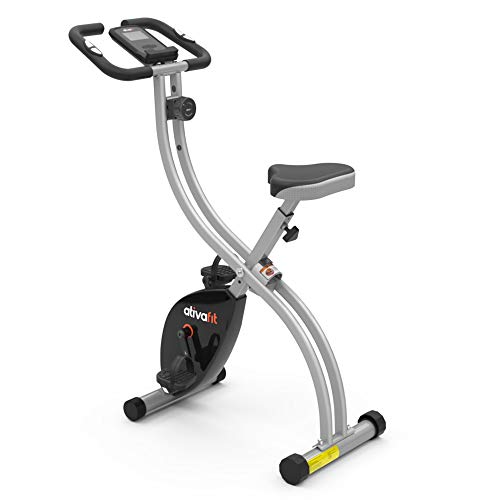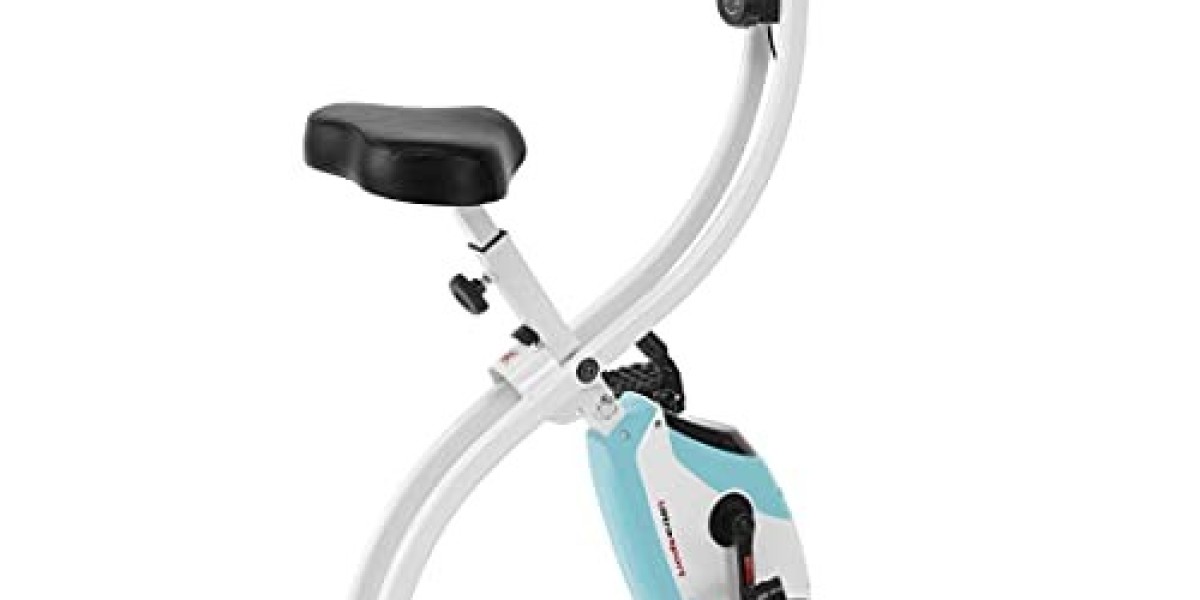In the fast-paced world of today, maintaining a healthy lifestyle has become more critical than ever. For many, the exercise bicycle stands out as an accessible, effective, and versatile piece of fitness equipment. Whether you're a seasoned athlete or a beginner looking to improve your health, an exercise bicycle offers a range of benefits that cater to various fitness goals. This article explores the significance of the exercise bicycle, its types, the advantages it provides, and answers some frequently asked questions to help readers make an informed decision.
Introduction to the Exercise Bicycle
An exercise bicycle, also known as a stationary bike, is a piece of fitness equipment designed to simulate the experience of riding a regular bicycle while remaining in a fixed position. It is an excellent tool for aerobic exercise and can be found in many home gyms, fitness centers, and rehabilitation facilities. Exercise bicycles come in various forms, each designed to cater to different needs and preferences.
Types of Exercise Bicycles
Upright Bicycles
- Description: Resemble a traditional road bicycle, with a more upright riding position.
- Benefits: Ideal for cardiovascular workouts and muscle toning, especially in the legs and core.
- Usage: Suitable for all fitness levels, from beginners to advanced users.
Recumbent Bicycles
- Description: Feature a reclined seating position with a backrest and a chair-like seat.
- Benefits: Provide better support for the back and are easier on the joints, making them perfect for individuals with back pain or joint issues.
- Usage: Great for low-impact workouts and long-duration rides.
Spin Bicycles
- Description: Designed to mimic outdoor cycling and are often used in group fitness classes.
- Benefits: High-intensity workouts, excellent for building endurance and burning calories.
- Usage: Best for those who enjoy high-energy, fast-paced workouts.
Dual-Action Bicycles
- Description: Incorporate handlebars that move during pedaling, engaging the upper body in the workout.
- Benefits: Provide a full-body workout, enhancing overall fitness and calorie burn.
- Usage: Suitable for individuals looking to improve both upper and lower body strength.
Smart Bicycles
- Description: Connected to digital platforms, offering interactive workouts and performance tracking.
- Benefits: Engaging and motivating, with personalized training programs and virtual landscapes.
- Usage: Ideal for tech-savvy users and those who prefer structured, guided workouts.
Benefits of Using an Exercise Bicycle
Cardiovascular Health
- Enhanced Heart Function: Regular use of an exercise bicycle can improve heart function and reduce the risk of cardiovascular diseases.
- Increased Endurance: Cyclists can gradually increase the duration and intensity of their workouts, leading to better cardiovascular endurance.
Weight Management
- Calorie Burn: Cycling can burn a significant number of calories, aiding in weight loss and management.
- Low-Impact Exercise: Compared to high-impact activities like running, cycling is gentler on the joints, making it a sustainable option for long-term weight loss.
Muscle Toning
- Leg Muscles: The primary muscles worked are the quadriceps, hamstrings, glutes, and calves, leading to toned and strengthened legs.
- Core Strength: Engaging the core during cycling helps improve balance and stability.
Improved Mental Health
- Stress Reduction: Exercise, including cycling, releases endorphins, which can help reduce stress and improve mood.
- Focus and Concentration: Regular physical activity can enhance cognitive function and mental clarity.
Convenience and Accessibility
- Home Use: Exercise bicycles can be used at home, eliminating the need for gym memberships or harsh weather conditions.
- Adjustable Resistance: Most models offer adjustable resistance, allowing users to tailor workouts to their fitness level and goals.
Rehabilitation and Therapy
- Low-Impact Exercise: Ideal for individuals recovering from injuries or dealing with chronic conditions, as it provides a gentle, controlled form of exercise.
- Customizable Workouts: The ability to adjust resistance and intensity makes it suitable for various stages of recovery.
How to Choose the Right Exercise Bicycle
Fitness Goals
- Determine what you want to achieve: weight loss, muscle toning, cardiovascular health, or a combination of these.
Budget
- Set a budget and research models that fit within your financial constraints.
Space Availability
- Consider the space you have available at home. Some models are more compact than others.
Comfort and Support
- Test different models to find one that is comfortable and provides the necessary support for your body.
Features and Technology
- Evaluate the features that are important to you, such as adjustable resistance, heart rate monitoring, and digital connectivity.
Brand and Reviews
- Research reputable brands and read reviews from other users to ensure you are purchasing a reliable and durable product.
Frequently Asked Questions (FAQs)
What are the primary benefits of using an exercise bicycle?
- The primary benefits include improved cardiovascular health, weight management, muscle toning, stress reduction, and convenience.
Is cycling on an exercise bike as effective as outdoor cycling?
- While outdoor cycling offers a more dynamic and varied experience, indoor cycling can be equally effective for improving cardiovascular health and building endurance, especially when resistance is adjusted to simulate outdoor conditions.
Can exercise bicycles be used by individuals with knee or back problems?
- Yes, recumbent bicycles are particularly beneficial for individuals with knee or back issues due to their low-impact and supportive design.
How much time should I spend on an exercise bicycle?
- Beginners can start with 15-20 minutes per session and gradually increase to 30-60 minutes as their fitness improves. Consistency is key, and aiming for 3-5 sessions per week is recommended.
Do smart bicycles offer additional benefits?
- Smart bicycles provide a more engaging workout experience through interactive programs and performance tracking, which can be highly motivating and help users stay on track with their fitness goals.
How do I maintain an exercise bicycle?

- Regular maintenance includes keeping the bike clean, lubricating moving parts, checking and tightening bolts, and ensuring the resistance mechanism is functioning correctly. Consult the user manual for specific maintenance instructions.
Conclusion
The exercise bicycle is a versatile and effective tool for improving overall health and fitness. Whether you are a beginner looking to start a fitness journey or an experienced athlete seeking to enhance your training, there is an exercise bicycle suitable for your needs. By understanding the different types available and the benefits they offer, you can make an informed decision and enjoy a rewarding fitness experience. Regular use of an exercise bicycle can lead to significant improvements in cardiovascular health, weight management, and mental well-being, all while providing the convenience of a home workout.
Additional Tips for Using an Exercise Bicycle
- Warm-Up and Cool Down: Always start with a 5-10 minute warm-up at a low resistance and follow with a cool-down to prevent injury and aid recovery.
- Stay Hydrated: Keep a water bottle nearby to stay hydrated during your workout.
- Mix It Up: Vary your workouts to avoid boredom and challenge different muscle groups.
- Track Progress: Use a fitness tracker or the bike's built-in features to monitor your progress and set achievable goals.
- Consult a Professional: If you have specific health concerns, consult a fitness professional or medical expert to ensure you are using the exercise cycle home bicycle safely and effectively.
By incorporating these tips and understanding the benefits and types of exercise bicycles, you can make the most of your workouts and enjoy a healthier, more active lifestyle.








